The forex derivatives market in India is slowly but steadily growing. It’s only August yet so far, forex traders have bought and sold currency derivatives worth Rs. 1,19,80,502 crores. That’s why many want to begin forex trading.
There are perks to trading currency pairs. A trader can gain exposure to international currencies, high liquidity, and margin benefits. But above all, there’s potential money to be made in the forex market.
The important thing is to start trading currencies the right way, right from choosing the right broker to creating the right trading strategies. We’ll walk you through the complete process of getting started with forex trading in India.
Steps to Begin Forex Trading in India
What you should know before beginning currency trading is as follows. Forex trading is allowed in India only on recognized exchanges like NSE, BSE, and MSE through registered forex trading platforms and brokers like Dhan.
Furthermore, a currency trader like you can buy and sell futures and options for seven types of forex pairs that are mentioned in the table below.
| Forex Pair | Futures | Options |
| USD-INR | Yes | Yes |
| EUR-INR | Yes | No |
| GBP-INR | Yes | No |
| JPY-INR | Yes | No |
| EUR-USD | Yes | No |
| GBP-USD | Yes | No |
| USD-JPY | Yes | No |
There are other important aspects of forex trading that you must know. You can check them out in this blog: Is Forex Trading Legal in India? If you already know the essentials, then these are the steps to begin trading forex in India.
#1: Choose a Forex Trading Broker
The forex market is truly global and includes everything from exchanging currency for foreign trips to trading forex derivatives. What you’re interested in is the latter.
That’s why you need to choose a forex trading broker who allows you to buy and sell futures and options of currency pairs. The way traders go about this varies. The obvious ways include checking the existing reviews and pricing.
More specific ways include checking if the forex broker offers additional tools and resources on top of the essentials. For example, Dhan allows forex traders to buy and sell options directly from the Advanced Option Chain.
More additional perks include deep integration with TradingView, which allows forex traders to trade directly from charts on Dhan. Bear in mind that the forex broker you choose must be an authorized entity as per SEBI norms.
#2: Open Currency Trading Account
Once you’ve chosen the right forex trading platform, you’ll need to open currency trading account to buy and sell currency futures and options. You may want to know why a trading account is necessary. The logic is simple.
A trading account acts much like an interface that allows you to buy and sell instruments. Without one, you won’t be able to engage with exchange-traded currency derivatives. In India, delivery isn’t allowed for currency derivatives.
This simply means that a demat may not be necessary. However, most brokers offer two-in-one accounts, which means that you get a trading and demat account when you opt for the account opening process.
Furthermore, a demat account can come in handy when trading currencies if you want to pledge your shares to get margins. While not all forex trading platforms offer pledge margin benefits for currency trading, Dhan does.
#3: Submit Documents for KYC
You’ve chosen a broker and started the process to open a trading account. Great. Now it’s time to submit documents to complete the KYC process. It’s more or less similar to any KYC process that you may have gone through.
You’ll have to submit proof of identity and residence as well as your bank account details. However, there’s one more detail you’ll be required to submit. Your income proof. The reason is rooted in regulation and logic.
Exchange-traded currency derivatives are leveraged products, meaning you can take on a margin to trade more than the capital you already have in your trading account.
Once you’ve submitted the required document for KYC, the forex trading platform and exchanges will verify your details. You’ll most likely receive a notification and email on approval/rejection.
#4: Fund Your Trading Account
Although you can trade currencies on margin, you’ll need to add funds to your trading account. This is because of regulations. As per SEBI norms, a user like you must maintain a certain percentage of the margin in cash.
The rest of the margin amount can be maintained in the form of pledged shares, as an example. The process of funding your trading account may vary from broker to broker. But broadly, you can use Netbanking or Google Pay.
Here’s a helpful guide to transferring money from your bank account to your trading and demat account.
#5: Start Trading Forex Pairs
Once you’ve made it this far, you’re ready to trade forex. India’s currency trading market allows you to explore synthetic positions in forex pairs. A synthetic position is a fancy way of saying futures or options positions.
As you may know by now, forex currency pairs have a base currency and a quote currency. The quote currency is used to acquire units of the base currency.
Check out the screenshot of USD-INR added below. We’ll use it to explain the concept of currency pairs.
You can see three important things in the screenshot. The first is the currency pair’s name: USD-INR. The second is the exchange rate: 79.5400. This means 79.5400 INR can buy you 1 USD.
The third is the fact that there are four digits after the decimal. Generally, share prices are shown till the second decimal point. Forex prices are shown up to four decimal places and this even has a name, “Pips”.
You can read about pips and how it affects currency pairs here: A Guide to Forex Trading in India: Learn Forex Trading
Furthermore, forex traders have been known to use several different strategies to get the best out of the futures or options positions. That’s why the question of “how to start forex trading” can have many answers.
Fun fact: forex pairs have nicknames! For example, the GBP-USD pair is called Cable while EUR-USD is called Fiber. Read this blog to know more: Forex Nicknames Explained!
Begin Forex Trading in 5 Steps
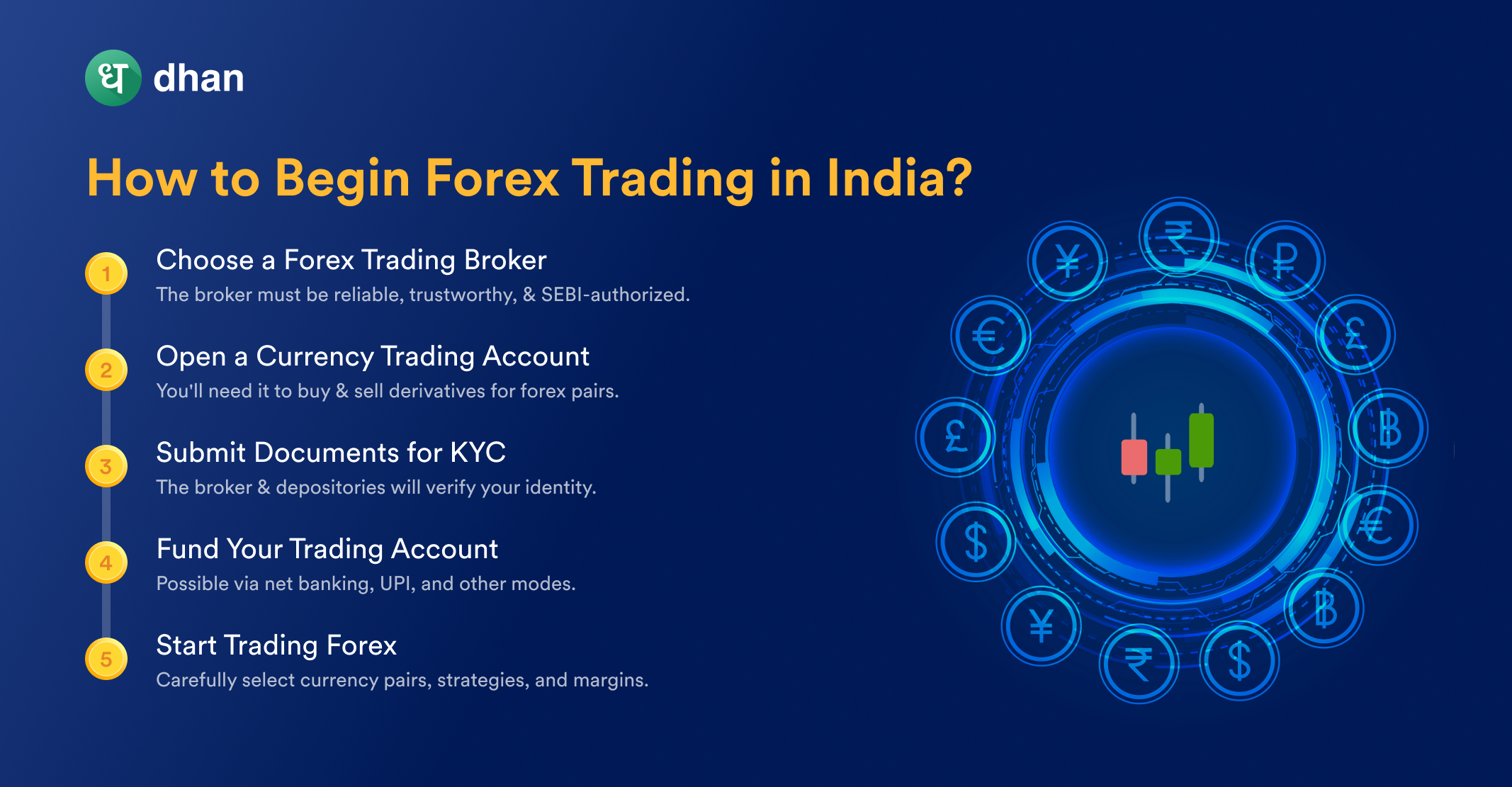
Conclusion
RBI and SEBI allow Indian traders to engage in exchange-traded currency derivatives between 9.00 AM to 7.30 PM on recognized exchanges. You can begin forex trading in India by choosing a broker who’s SEBI-authorized.
Each broker has a KYC process that you must go through to open a currency trading account. The process is relatively simple and requires you to upload income proof, address proof, and identity proof.
Once all of this is done and your KYC is approved, you can start trading currency futures and options. These steps constitute the simple answer to how to start forex trading in India!
Forex trading may be a potential avenue for wealth creation but it also carries significant risk. Remember to evaluate your risk profile, financial goals, strategies, and more before trading and wondering is forex profitable! We believe that you’ll be interested in these forex trading stories:
1. Forex Market Hours & Holidays in India for 2022
2. Forex Nicknames Explained: Cable, Fiber, Chunnel, & More!
3. Types of Currency Pairs for Trading in India
4. Is Forex Trading Profitable in India?
FAQs
Q. How to start forex trading in India?
Believe it or not, you can start trading forex in India in just 5 simple steps:
- Choose a forex broker authorized by SEBI
- Open a currency trading account
- Complete the KYC process
- Add money to your forex trading account
- Start trading currency pairs
Ready? Tap on this to get started: open currency trading account!
Q. Can I open a forex trading account in India?
Yes, you can open a forex trading account in India as long as it is through a SEBI-approved broker like Dhan. Trading derivatives for currency pairs is legal in India and having a forex trading account allows you to buy and sell futures and options for USD-INR, EUR-INR, GBP-INR, JPY-INR, and more!
Q. How to open a forex trading account
- Select an online forex broker
- Open a forex trading account
- Complete the onboarding journey
- Add money to the trading account
- Start forex trading online
Q. Can I buy forex without a broker?
No, you will not be able to trade forex pairs without an authorized broker in India. As per SEBI rules, Indian traders can buy and sell forex derivatives only on authorized exchanges through approved brokers. Dhan is an approved forex broker that allows you to trade currency futures and options.
Q. Can I buy currency in demat account?
You don’t necessarily need a demat account to trade currency pairs because forex trading in India is cash settled in INR, meaning the base currency will not be delivered to you in any situation. You will need to open a trading account to buy and sell currency derivatives.
Disclaimer: This blog is not to be construed as investment advice. Trading and investing in the securities market carries risk. Please do your own due diligence or consult a trained financial professional before investing.
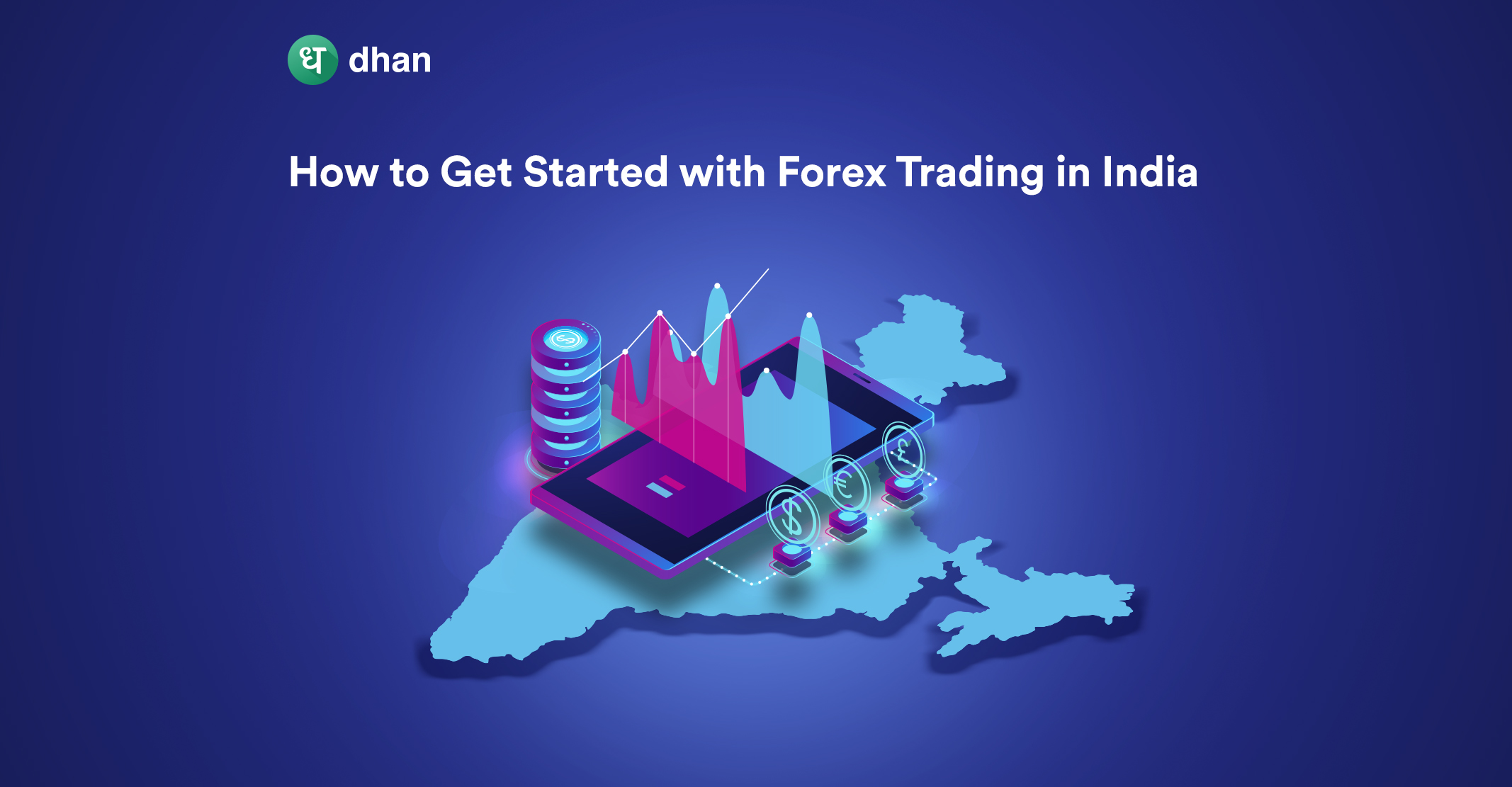
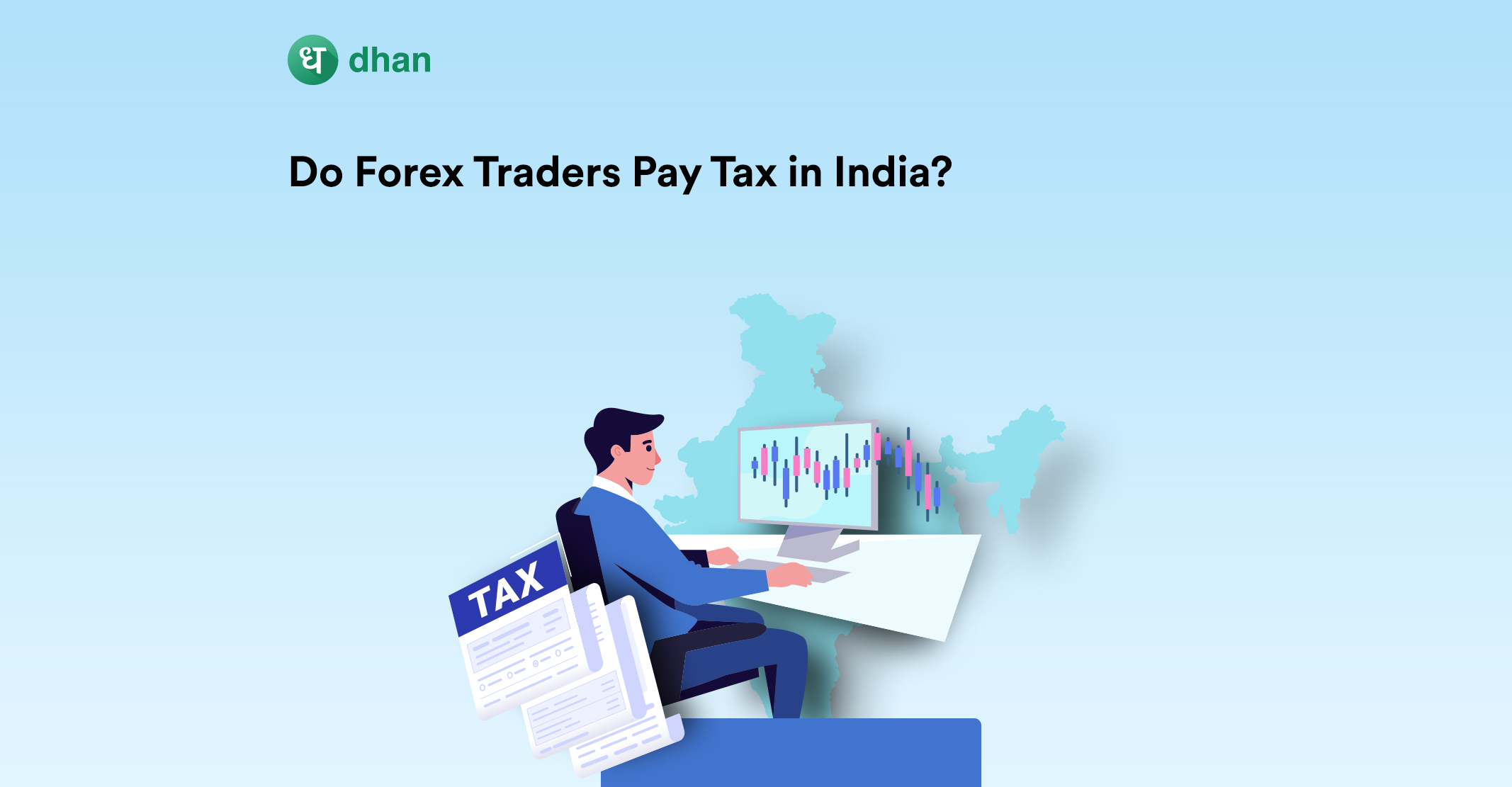
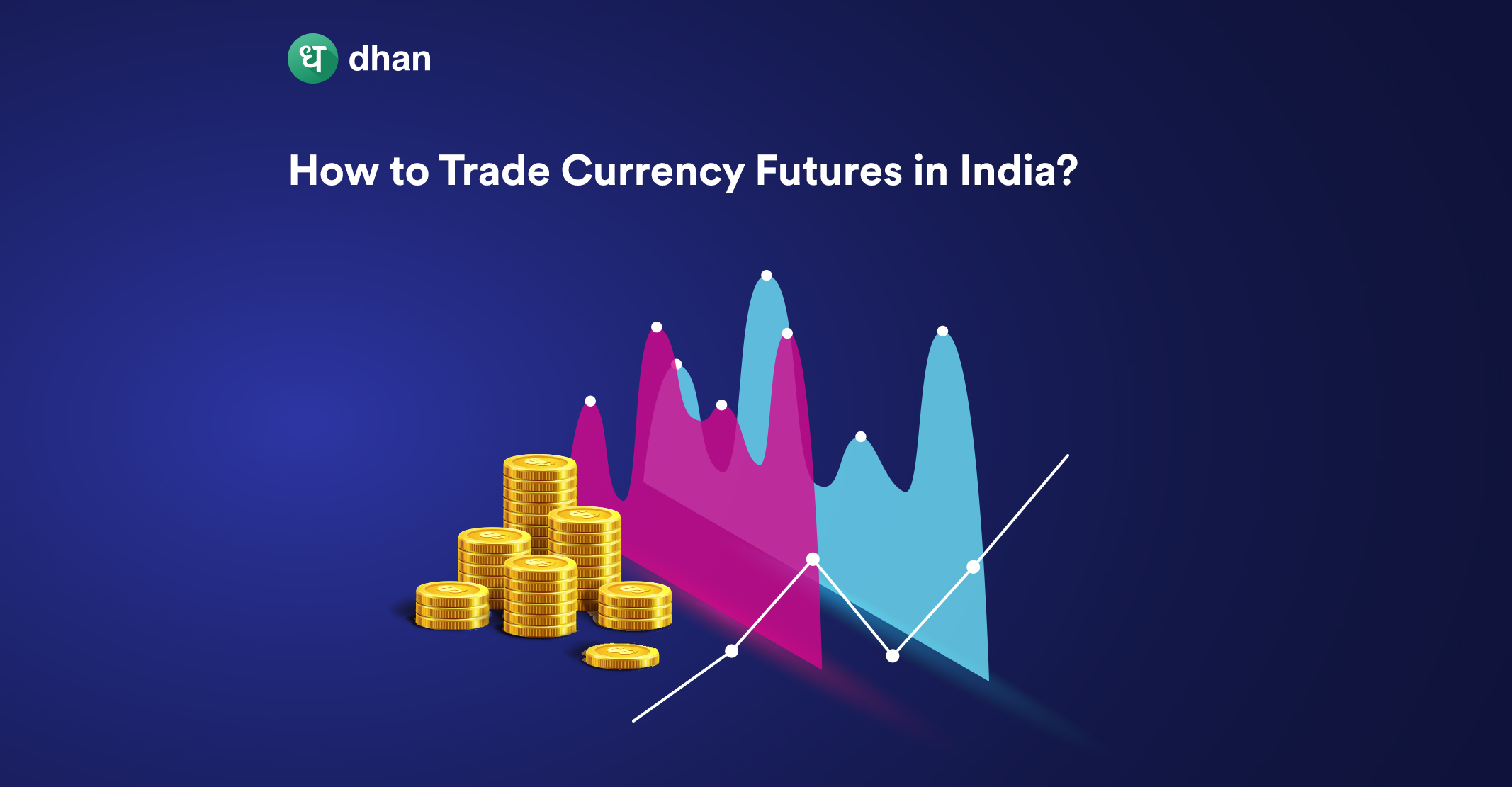
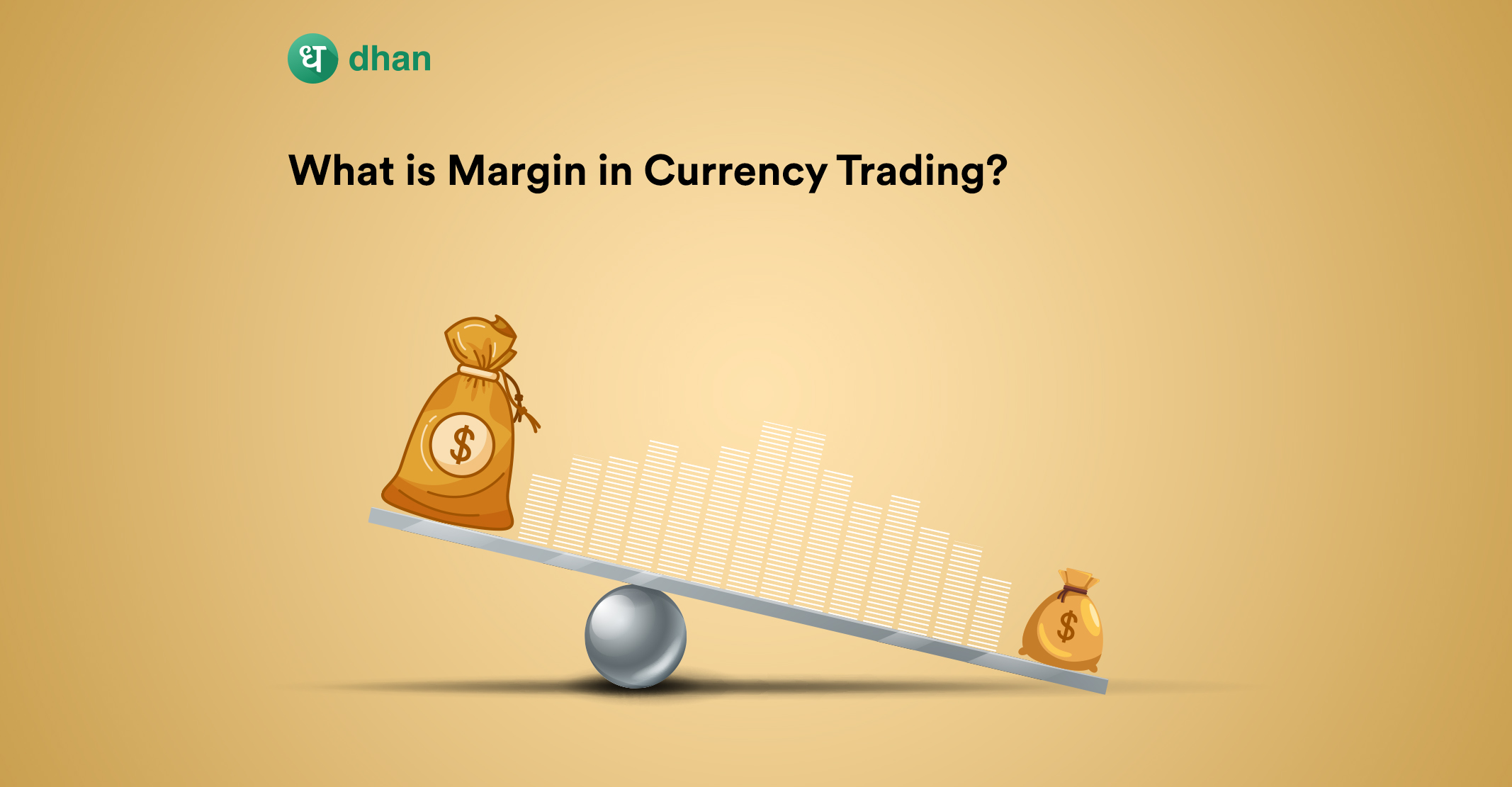
Comments are closed.